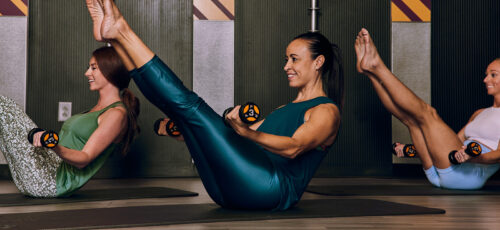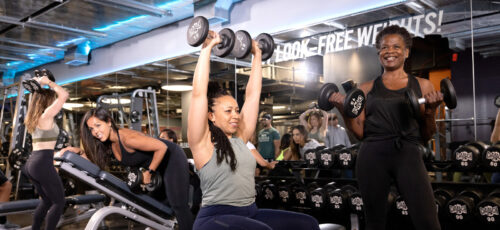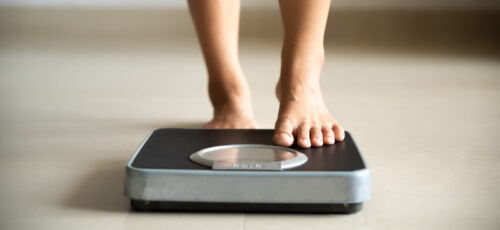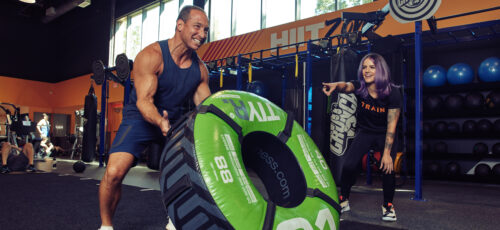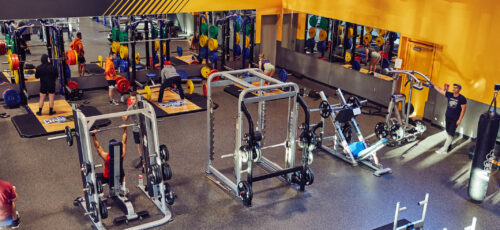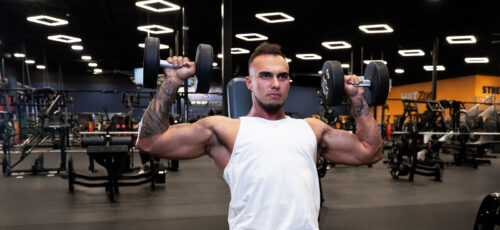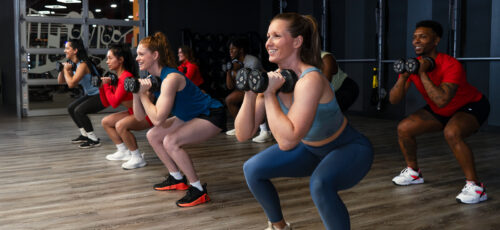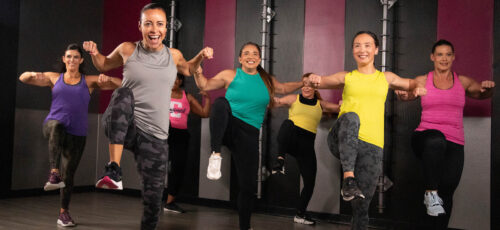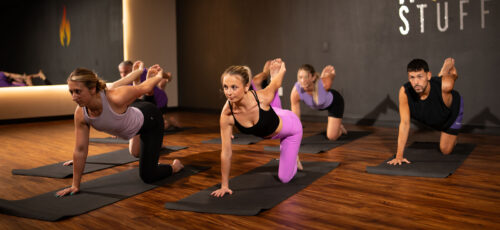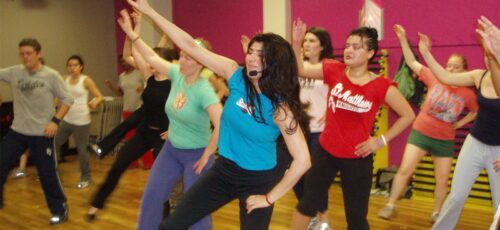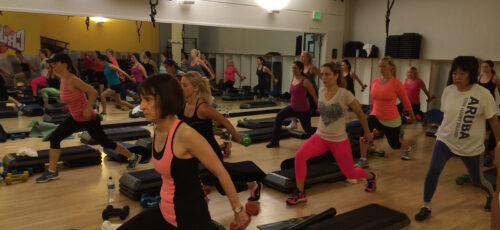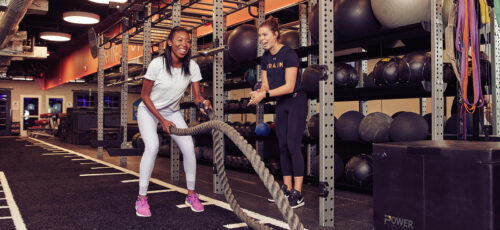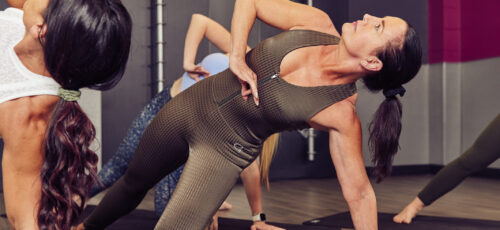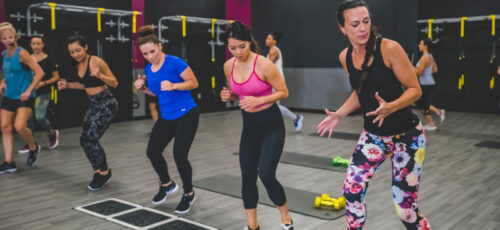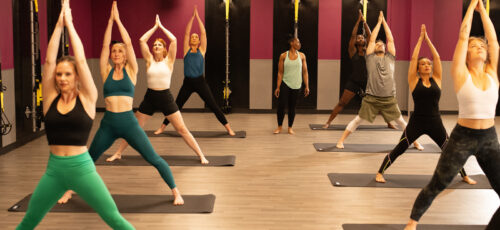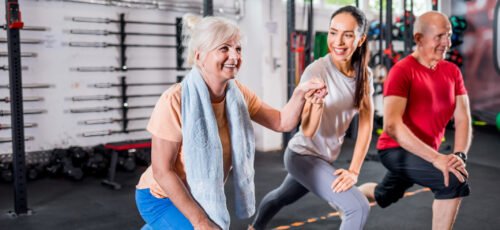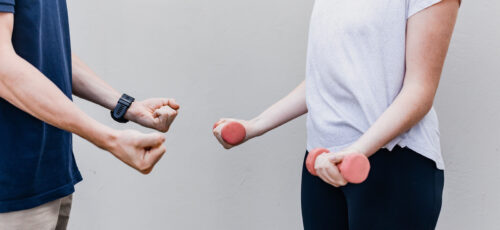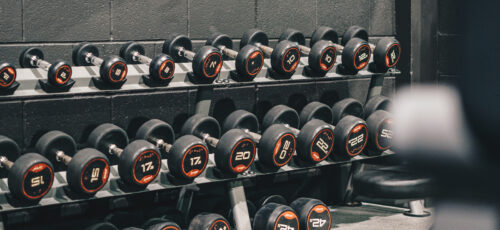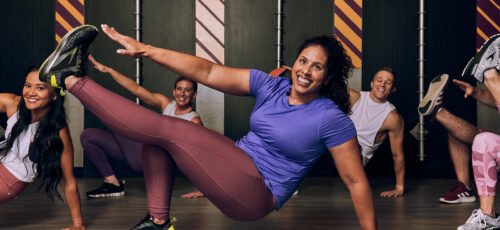
Train Your Brain Like a Badass
Written by Dr. Seth R. Hickerson and Zach Morton, MySteadyMind

Meditation is not hard; learning to meditate is hard.
Just like physical health training requires putting in work, being consistent, and pushing yourself, so does mental health. This is in the form of cognitive fitness training.
The mind of a Navy SEAL is an amazing tool. The mind controls the body, and it takes training to control the mind. When it comes to individuals needing to have complete control of both body and mind, the tip of the spear is the U.S. military special operations community. The strength of the U.S. military has always been dependent upon the strength of the soldiers within its ranks. The strength of individual soldiers, the cognitive functioning and physical capability of soldiers, is the most critical element to overall military health and resiliency. Dr. Seth Hickerson has been teaching and training high-performing individuals such as Navy SEALs, professional athletes, NASA, and Fitness & Wellness professionals for over 15 years. The secret is training.
Most people think they can improve through streaming and consuming. That is passive; it simply doesn’t work. Meditation is only one tool, but it is one of the most important tools for improving energy, mood, and outcomes.
The most badass people on this planet do one thing extremely well: they manage their energy and energy systems. People in life don’t struggle due to lack of time – rather it’s a lack of energy. People are simply exhausted.
Meditation is making its way through military ranks and has been for quite some time. When it comes to training and development, the military is second to none. Military personnel spends countless hours training physically, technically, and mentally. It’s all about habits and routines. The goal of this intensive training is to be able to perform optimally, especially during extreme stress and adverse conditions, and that requires consistent mental skills training.
In the civilian world, many people often struggle with meditation. There are a couple of primary reasons. Some people tend to believe it is a “soft” skill or a sign of weakness. They don’t necessarily see it as a tool for performance improvement. However, some do decide to give it a try, and they claim they just “can’t do it.” It’s simply the fact that most people do not like discomfort. Plus, sadly, most people fail to grasp the concept of the progressive acquisition of skills. That being said, there are some people who are perhaps already meditating but just aren’t aware of it. It can come in several ways. It’s not always sitting on a carpet and listening to wind chimes.
Any skills worth attaining in life require work, practice, and routine. Forming new healthy habits can be a challenge, but the benefits are exponential. Far too many people in our country often lack the self-discipline, motivation, and accountability to acquire life-changing skills. So, they settle, get complacent, struggle, and then complain – this used to be me.
In our society, everyone wants everything now. They want big muscles, but they don’t want to lift weights. They want the ideal body but don’t want to develop a healthy eating routine. Today, more and more people want to be more mindful and meditate. Unfortunately, they don’t want to put in the work that is required. They don’t want to face the challenge of being alone with their thoughts in addition to working, practicing, and training on quieting the mind.
The military teaches you how to “embrace the suck.” Sometimes, you have to do the things you don’t want to do because it will make you better, but that doesn’t mean it’s easy.
Try telling Navy Seals that meditation is “weak” and doesn’t work.
Meditation and mindfulness training are not “fluff skills.” They are skills that the elite, in every industry, possess and practice. My Steady Mind is a company that teaches mindfulness, emotional intelligence, and cognitive fitness and our leadership consists of PhDs, military Special Operations, professional athletes, and Fortune 500 executives. All of our content and training are developed and practiced by the best of the best – badass folks who dominate life and their industries.

To be a full-on badass, you have to understand energy and energy systems.
Before we get started, I want to make a couple of things very clear. To understand the benefits of meditation and mental skills training in their truest sense, you need to be familiar with energy systems. Humans are energy systems. Everything we do requires and utilizes energy. When it comes to meditation, it is a form of mental energy renewal. Most people in our country struggle with energy levels for a variety of reasons, including the “distraction epidemic” technology addiction, unawareness, lack of education, inadequate tools and resources, and unqualified “gurus” who make promises they can’t deliver on. I could expand this list, but I am not about the problems, I am about the solutions.
Mental energy is essential for optimal performance, and meditation is critical for acquiring and managing your mental energy. Some of the badass benefits of meditation are as follows:
- Reducing stress
- Controlling anxiety
- Enhanced self-awareness
- Improved attention span
- Focus on the present
- Decreased pain
Imagine the competitive edge you gain in life, business, sports, or combat when you possess these skills. Your ability to be present and responsive, especially under stress, is what gives you an edge. Your ability to be just as focused at 5 PM as you are at 8 AM is a skill that separates the best from the rest in every industry and arena. Everything comes down to energy. You either have it or you don’t. Meditation practitioners know how to acquire and conserve it and harness the power for performance improvement.
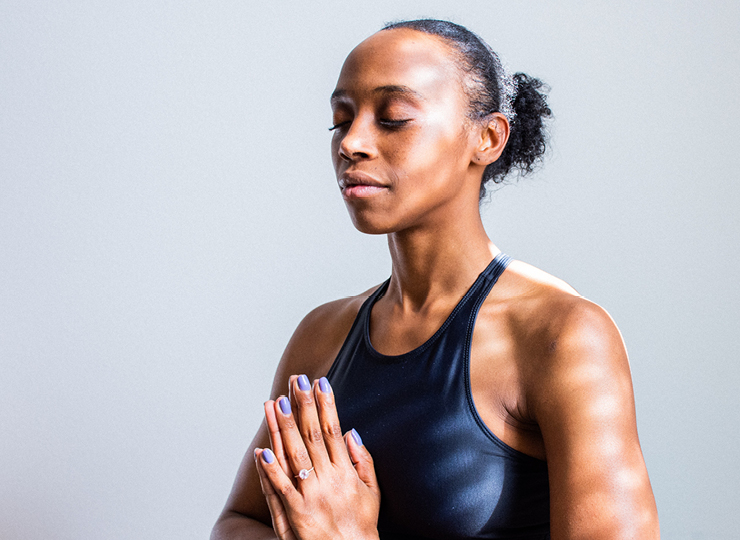
“Fatigue makes cowards of us all,” – General George Patton.
When it comes to energy systems in our lives, there are four pillars of health from which we draw our energy and that are the foundation of our existence:
- Physical Health
- Nutritional Health
- Spiritual Health
- Mental Health
Now that you know the four pillars, I would like for you to start to think about what you actually know about each of these areas and what you currently do to address them.
If you want to have sustainable, renewable, and maximal energy for optimum performance, then it is imperative that you understand all four pillars. More importantly, you must have routines for each of them. Without a clear understanding of these four pillars and the routines they require, you will struggle with energy.
I am ex-military. I have served in two branches of the military. I love the military. Because one thing the military does better than anyone is training and development when it comes to the pillars of health, most people fail to grasp that training is required.
I just want to reiterate that these skills are attainable, and you will receive a multitude of benefits – only if you train and practice. It doesn’t take much, but it requires consistency. I try to meditate five or six days a week and usually for around 10 minutes. It is a habit and part of my daily morning routine for my emotional control routine (ECR).
It might not be your fault that you aren’t doing it right now. That being said, if, once you finish reading this article you do not decide to take any action and make changes, well, that is on you.
I will lay out each of the four pillars, and we will do a brief review. What have you been taught about a routine, and most importantly, where would you go or what would you do if you wanted to start a routine to improve or deepen your expertise in a particular area?
And as you are reading and thinking about these areas, I want you to understand that the most important thing is developing a routine. And when I am training individuals and groups, I always make sure that their routine has three components. I will break that down in each section.
1. Physical Health
When it comes to health and energy, this is an easy one. This is the area that most people are familiar with. We are taught at a young age that physical health is important. Schools taught physical education classes. Sadly, those are being removed more often due to “budget cuts.”
Now back to physical health. It’s probably not too difficult for you to rattle off what your current routine is for your physical health. Or, if you don’t currently have one, you would probably have an idea as to how to go about getting one. For example, you could join a gym, get a personal trainer, workout at home watching videos, or do push-ups or sit-ups. You would have an idea of how to get started. You either do it or you don’t. If you don’t have a physical health routine, then you won’t have much physical energy. Simple as that.
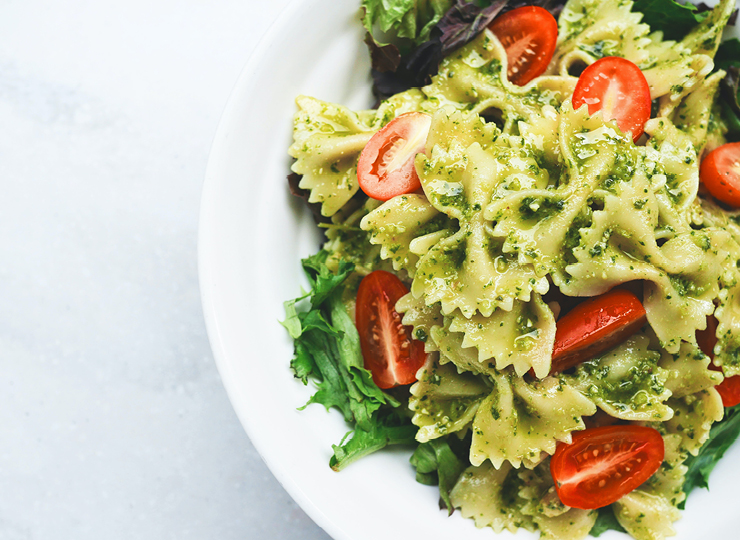
2. Nutritional Health
Nutritional health is another area that most are familiar with. Most people have a general sense of nutrition. Again, in schools, we are taught about healthy eating (kind of). We know about the general guidelines and portion sizes. What we should and shouldn’t eat. As adults, there are many options for establishing a healthy nutritional routine. Yes, there are also many fad diets and unhealthy options out there, too. However, people could choose to learn how to improve their nutrition. They could work with a nutritionist, learn about macro-nutrients and portion control, and use apps to help count calories. There are options. Again, you do it or you don’t. The choice is yours.
3. Spiritual Health
Spiritual health is where it can start to get fuzzy for many people. Often people associate spirituality with religion. Spirituality and religion can be synonymous, but they are not the same. Spirituality means studying the inside of you and how the laws of the universe affect you, while religion refers to a God that you worship outside of you. Neither is right or wrong; they are just different, and you can certainly apply both.
The long and short of it is that we acquire energy by believing in something – by having faith that we are not the center of the universe. And then having some sort of routine that allows us to tap into that power to sustain us. Notice the three components. Prayer and reading can happen daily, and I will sprinkle in other “tools” along the way, whether it’s volunteering or donating to a cause for my church.

4. Mental Health
Now last, but certainly not least, is the most important aspect of all four pillars. This is the area where the wheels really fall off when it comes to truly understanding it. When I say, or people read, the term “mental health,” many may automatically think “mental illness or disorder.” There is a stigma around the notion of mental health due to the lack of education and awareness.
Mental illness, or disorder, is a result of poor mental health, whether genetic or mostly due to inadequate education and training. Poor mental health may also result from traumatic experiences.
I would be willing to bet that throughout your entire career, you have never been taught anything about how to train for proactive mental health. Schools from kindergarten to college neglect any significant mental health education. Instead, I believe we act like it “doesn’t exist” and is only something that needs to be fixed when broken. It’s time for schools to take mental health education seriously.
When it comes to mental health resources in our country, the only options are reactive (i.e. prescriptions, talk therapy, counseling, and psychotherapy). These are valuable and needed interventions for people who do have a mental illness or disorder. However, they can’t be the only options. If you want to take control of your mental health (proactively), then you need to know how to train it just like the other areas.
Mental health training consists of activities like meditation. Meditation is allowing your brain to rest and recover. Think of your brain like your bicep. If you wanted to get big or toned arms, you would need to lift weights. But the muscle is broken down and damaged when you are actually lifting the weight. The growth of the muscle happens when you put the weight down.
In the world we live in today, our mental muscle (the brain) is constantly “lifting.” We are in a constant state of distraction, thought, and stimulation. It’s like our brain is doing curls non-stop. Just like this wouldn’t be good for your arms, this is not good for your brain. You have to let the brain rest and recover so it can grow.
Meditation is a wonderful option and skill for improving mental health. There are numerous ways to do it, such as running, sitting, walking, guided, and transcendental to name a few. You just have to get started and then carve out five to ten minutes a day, ideally in the morning, and do it. It will be a challenge at first, but it doesn’t take long to start getting the hang of it and noticing/feeling the benefits.
Routines = Results
That being said, and as we mentioned before, these benefits are not going to kick in the first time you sit down and try to meditate. You have to be committed to it. You have to struggle and fight the discomfort. The good news is that the brain is awesome.
Start off simple. There are several good free apps out there that you can use. Make a commitment to try to meditate for a couple of minutes a day for two weeks. Write down how easy or difficult it is upon completion. Write down how you feel afterward.
Nobody can lift weights, eat food, have faith in something, or meditate for you. It is up to you and only you to do it. You either decide to do it or you don’t. If you do it, I promise you will feel, look, and behave better. Because you have options, the choice is yours. Embrace the suck and get it done.
The only thing you have 100% control of is you.
Dr. Seth R. Hickerson is the CEO of My Steady Mind. Dr. Seth is also a veteran of both the Navy and Air Force. To learn more, visit www.mysteadymind.com.
Zach Morton is a Cognitive Fitness Coach for My Steady Mind & Navy SEAL with 13 years of experience. Zach completed multiple combat deployments and over 80 missions.
Crunch promotes a culture of positivity, inclusivity, and fun with no judgments by providing an environment for all individuals regardless of their health and fitness goals. Find a Crunch gym near you to try our free trial membership, or join Crunch now. We’re here for you – at the gym or at home. Access the best live & on-demand workouts anytime, anywhere with Crunch+. Ready to get sweaty? Try hundreds of workouts for free! Start your free trial now!














